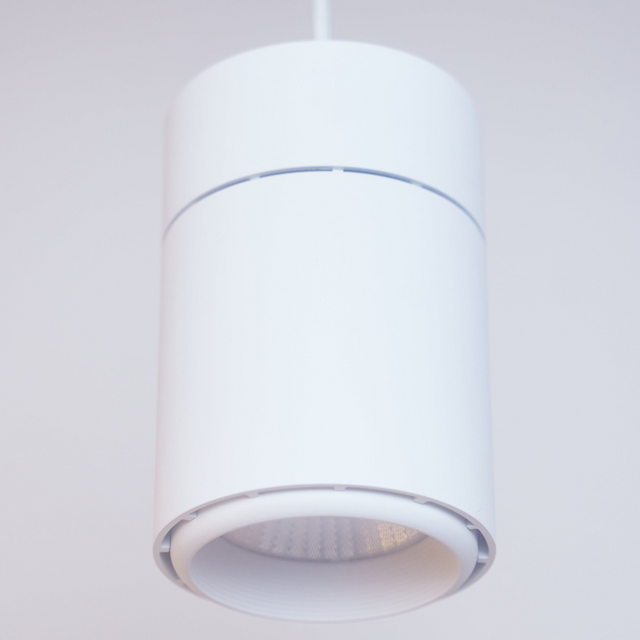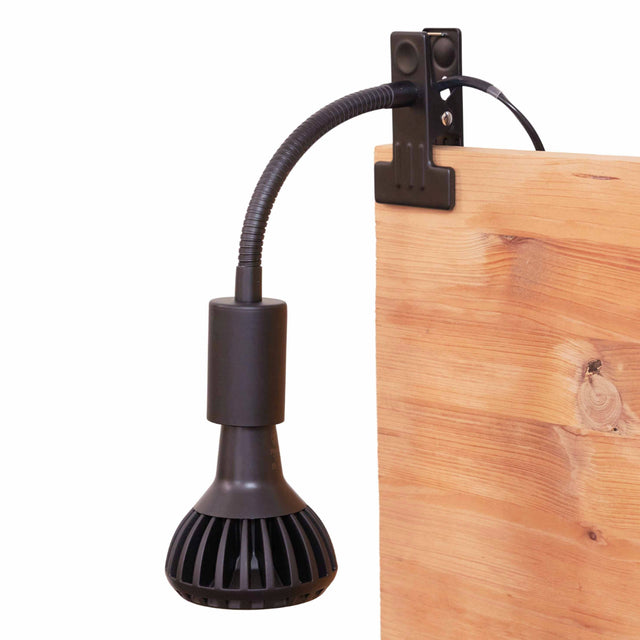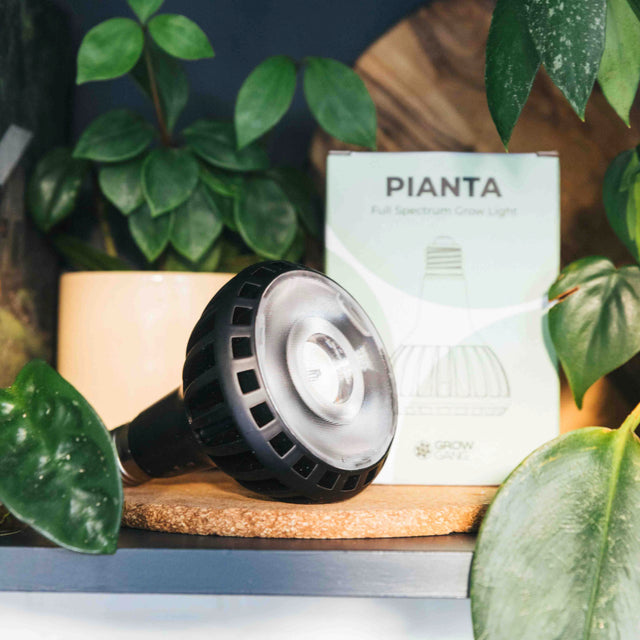
🔬Scientific name: Plerandra Elegantissima or Schefflera Elegantissima (Family: Araliaceae)
🌍 Origin: Originates from the tropical rainforests of New Caledonia, a French territory located in the southwest Pacific Ocean.
The plant thrives in the warm, humid conditions of New Caledonia's rainforests, where it grows as an understory plant, often in shaded areas beneath the forest canopy. This natural environment is why the False Aralia does well in indoor settings with moderate light and humidity.
Lighting
Lighting requirement: Bright, indirect light
It thrives in well-lit areas but should be protected from direct sunlight, which can scorch its delicate leaves. It can tolerate lower light conditions, but its growth may slow down, and the foliage might lose some of its vibrant colour. For optimal health, place it near a window with filtered light or under a grow light for 6-10 hours a day, but make sure it is away from harsh, direct sun exposure.
Watering:
Keep the soil consistently moist but not waterlogged. Water when the top inch of soil feels dry to the touch. Ensure the pot has good drainage to prevent root rot. In winter, reduce watering as the plant's growth slows down.
Humidity
It thrives in high humidity environments, ideally between 60-80% humidity. In most indoor settings, especially in dry climates or during winter when heating systems are on, the air can be much drier than this, which can stress the plant.
To maintain proper humidity:
- Misting: Lightly mist the leaves with water every few days to increase humidity around the plant.
- Humidity Tray: Place the pot on a tray filled with water and pebbles. As the water evaporates, it creates a more humid microclimate around the plant.
- Humidifier: If the air in your home is very dry, consider using a humidifier to keep the humidity levels up.
- Grouping Plants: Grouping your Plerandra elegantissima with other plants can also help increase humidity, as plants release moisture through transpiration.
Maintaining high humidity helps the plant stay lush and prevents the leaf edges from browning.
Fertiliser:
Fertilising your Plerandra elegantissima is essential for keeping it healthy and promoting vibrant growth. During the growing season, which typically spans from spring to late summer, feed the plant every 4-6 weeks with a balanced, water-soluble fertiliser diluted to half the recommended strength. This provides the essential nutrients that the plant needs to thrive. Be cautious not to over-fertilize, as too much can lead to salt buildup in the soil, causing leaf burn or stunted growth. In autumn and winter, when the plant's growth naturally slows down, reduce fertilisation or stop it altogether until the growing season resumes.
Temperature:
False Aralia thrives in warm, stable temperatures, ideally between 16-24°C. It’s important to avoid exposing the plant to temperatures below 10°C, as this can cause stress and potential damage. Keep it away from cold drafts, such as those near windows or doors in winter, and also avoid placing it too close to heating vents or radiators, as sudden temperature fluctuations can be harmful. Maintaining a consistent temperature within its preferred range will help ensure your plant stays healthy and vibrant year-round.
Troubleshooting and Pests:
It is generally hardy, but it can sometimes face issues with pests like spider mites, aphids, and mealybugs. Regular inspections and treatments with biological pest control can keep pests at bay. Yellowing leaves often indicate overwatering, while brown edges suggest low humidity or drafts. Ensure consistent humidity, proper watering, and a stable environment. Wiping the leaves regularly helps prevent pests and keeps the foliage looking fresh. By addressing issues early, you can keep your Plerandra elegantissima healthy and thriving.
Height:
False aralia can reach impressive heights, typically growing up to 2-3 meters indoors, making it an excellent choice for adding vertical interest to a room or indoor space. However it can take many years to get to this height.
Is It Toxic To Pets?
It's considered only slightly toxic to pets, with ingestion typically causing mild symptoms. While it's unlikely to be life-threatening, it's still wise to keep the plant out of reach of pets.



















